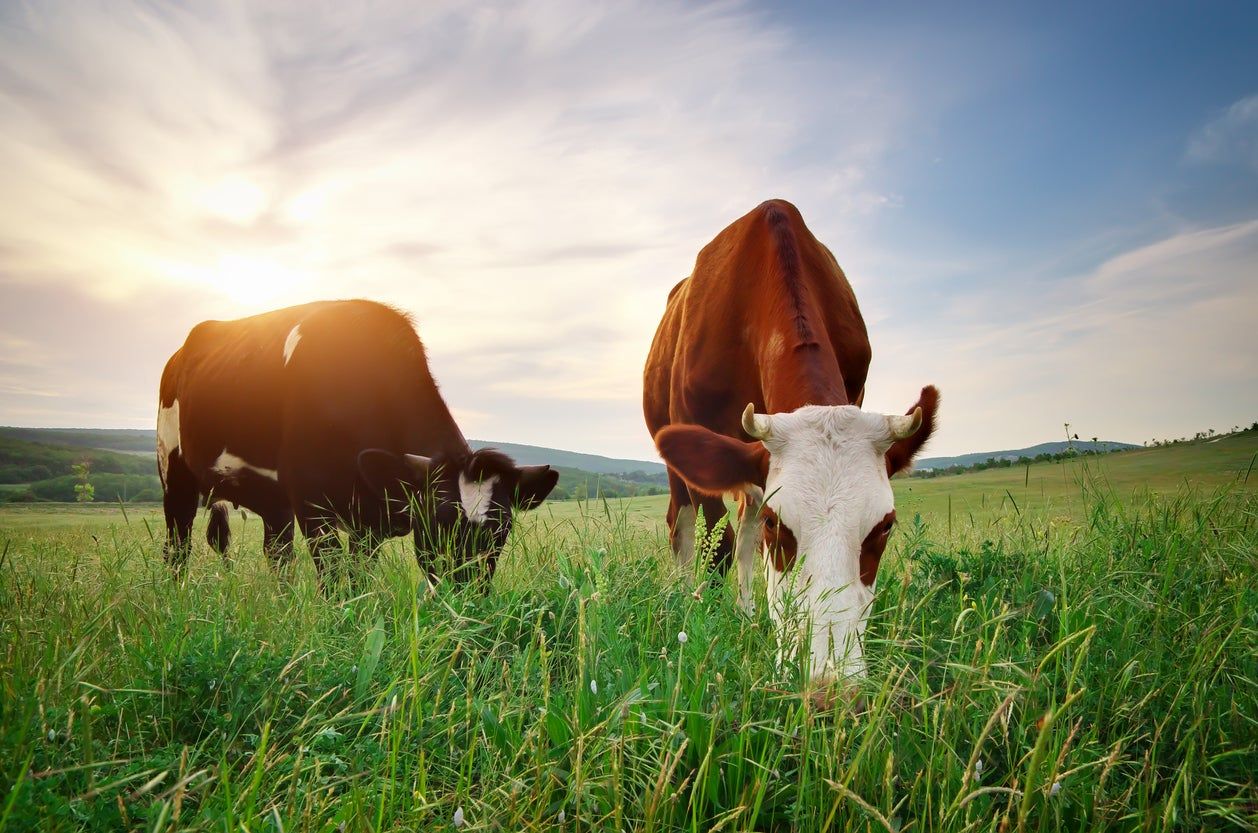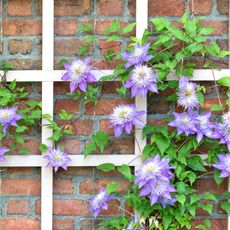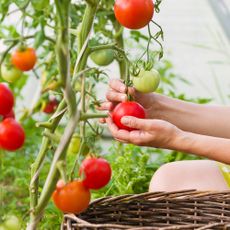Bad Plants For Cattle – What Plants Are Toxic To Cows


Keeping cows is a lot of work, even if you have just a small farm with a herd of a few cattle. One of the potential pitfalls is letting your cows into pasture where they could access and eat something toxic. There are plenty of plants cows shouldn’t eat, and if you are going to have any amount of cattle, you need to know what some of these are. Keep reading to learn more about identifying plants poisonous to cattle.
Signs of Plant Poisoning in Cows
Not all plants poisonous to cattle will be lethal or make animals severely ill. It’s important to be on the lookout for any signs that your cows may have gotten into some toxic plants. Some are subtle, while others may be obvious:
- Not eating at all or as much as usual
- Losing weight
- An overall unhealthy appearance
- Muscle weakness
- Failure to grow or develop normally
If your animals have any of these signs, there are also important indicators that the culprit is one or more poisonous plants. If your cows have been in a new pasture area, where the forage has been recently fertilized with nitrogen, or it is early spring and grasses haven’t come in yet, they could have gotten into some toxic plants.
What Plants are Toxic to Cows?
There are a number of toxic plants for cows, so it’s always a good idea to find out which grow in your area and to regularly check for their presence in your pasture. Here are some common plants toxic for cows, so you’ll need to remove these from pastures or anywhere they could have access them:
- Black locust
- Elderberry
- Horse chestnut
- Oak
- Wild cherry, chokecherry
- Arrowgrass
- Bleeding heart
- Buttercup
- Dogbane
- Foxglove
- Iris
- Jimsonweed
- Monkshood
- Lambs quarters
- Lantana
- Lupine
- Larkspur
- Locoweed
- Mayapple
- Milkweed
- Nightshades
- Pokeweed
- Poison hemlock
- Water hemlock
- Sorghum
- Tall fescue
- White snakeroot
- Any plants that have been over-fertilized with nitrogen
In addition to checking grazing areas for bad plants for cattle, some other management steps can reduce poisoning risk. Avoid letting cows overgraze areas, never turn cows into a new pasture when they are very hungry, provide plenty of clean water for cows, and fence off any areas that you know contain poisonous plants so cows can’t get to them.
Gardening tips, videos, info and more delivered right to your inbox!
Sign up for the Gardening Know How newsletter today and receive a free copy of our e-book "How to Grow Delicious Tomatoes".

Mary Ellen Ellis has been gardening for over 20 years. With degrees in Chemistry and Biology, Mary Ellen's specialties are flowers, native plants, and herbs.
-
 5 Fabulous Fast-Growing Vines – That Will Quickly Climb Any Arbor, Trellis, Or Fence
5 Fabulous Fast-Growing Vines – That Will Quickly Climb Any Arbor, Trellis, Or FenceThese fast growing vines are perfect for covering any eyesores in your yard or creating a living fence. They will provide great visual interest, as well.
By Amy Grant
-
 Best Indeterminate Tomatoes: Flavor-Packed Varieties For Fresh Harvests All Summer Long
Best Indeterminate Tomatoes: Flavor-Packed Varieties For Fresh Harvests All Summer LongIndeterminate tomatoes are vining varieties that fruit all season. Discover their distinctive features and how to choose the best type to grow in your garden.
By Bonnie L. Grant